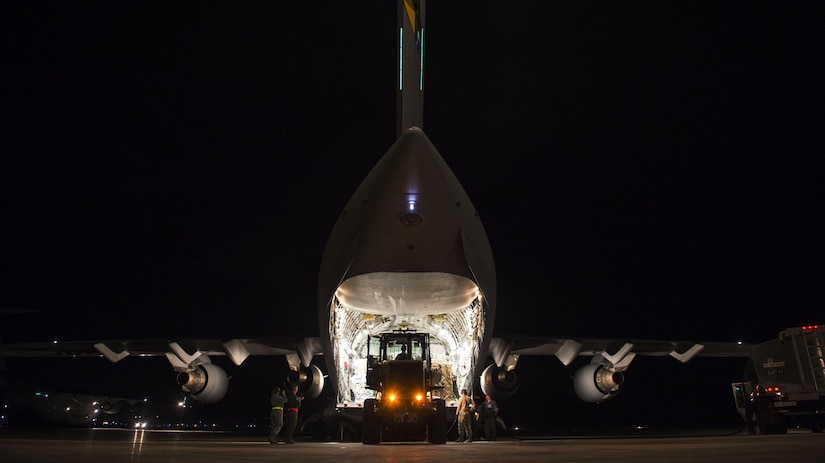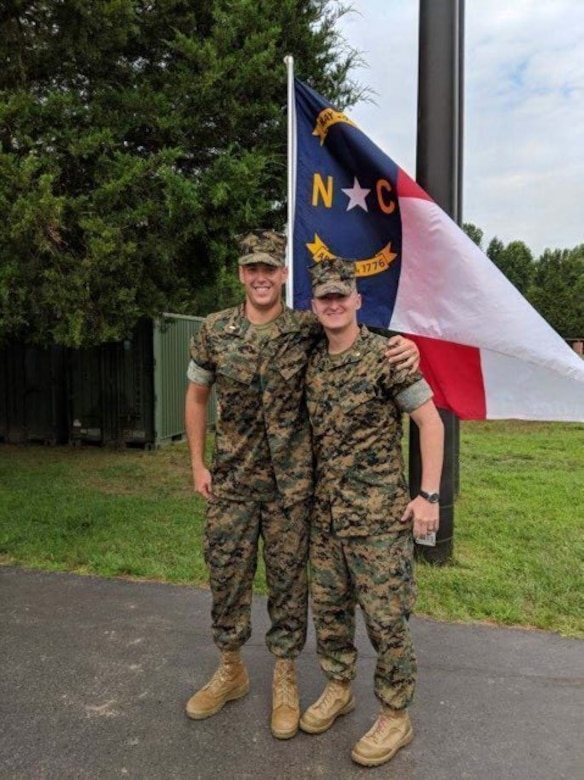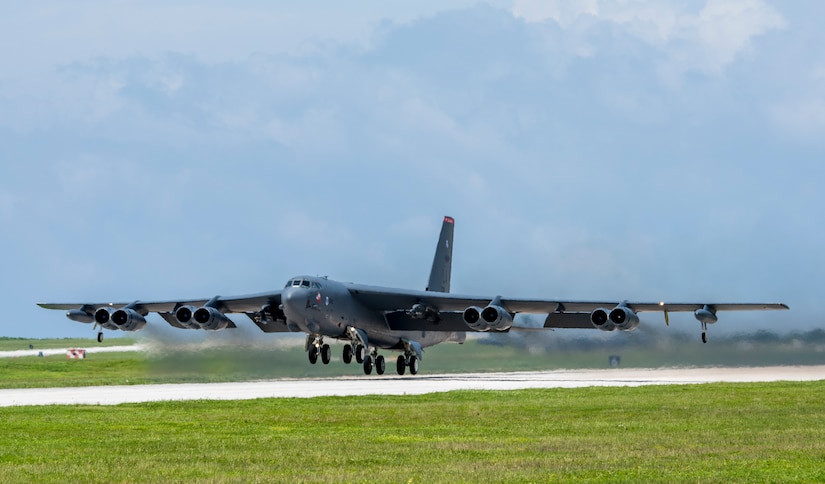By Terri Moon Cronk, DoD News, Defense Media Activity
WASHINGTON -- When witnessing the connectivity and
capability of the U.S. Transportation Command, any doubts about America's
military might fade immediately, Defense Secretary James N. Mattis said today
at Transcom’s change-of-command ceremony at Scott Air Force Base, Illinois.
Army Gen. Stephen R. Lyons assumed command of Transcom at
the ceremony, succeeding Air Force Gen. Darren W. McDew, who is retiring after
a 36-year military career culminated by three years as Transcom’s top officer.
Long before Transcom was formed 31 years ago as a combatant
command -- comprising soldiers, sailors, Marines, airmen and Coast Guardsmen --
the ability to swiftly move troops and equipment to the front lines has been an
essential condition for military victory that was necessary in the earliest
times in history, Mattis said.
“Well before the locomotive barreled down the track,
Hannibal formed his own Alpine train, marching his 40,000-man army over the
Alps from Spain to Italy,” the secretary said. “He chose to support that army
with a pack train with the animal of choice -- elephants. And had it not been
that the president of the United States, Abraham Lincoln, turned down the king
of Siam, pachyderms might have had a role in our military mobility as well.”
U.S. Military Railroad
Lincoln declined that offer, and opted instead for a
different mode of troop and materiel transport, and that was the United States
military railroad, Mattis noted. That boosted the logistical output during the
war by a factor of 10, he added, denying the Confederacy their benefit of
interior lines.
“Transcom has inherited this mission in modern times,
employing creative solutions,” the secretary said. “And this joint command is
no stranger to logistic feats of impressive proportions.”
In 1987, then-President Ronald Reagan saw the need for the
command of a unified military mobility framework, and Transcom was born,
“‘becoming one of the big boys,’ as its first commander, [Air Force Gen. Duane
H. Cassidy], characterized this coming of age,” Mattis said.
It didn't take long for Transcom to prove its mettle in the
most challenging of circumstances, when Iraq invaded Kuwait three years after
the command activated, he said.
“As is usual in crises, there was little time to prepare,”
Mattis added. “A massive force was moved across the globe, stopping any further
attack beyond Kuwait. Transcom rose to the challenge with remarkable speed and
grit, helping to seal that victory in Operation Desert Storm, and providing a …
strong benchmark, a high benchmark for future military logistics.”
Desert Storm was Transcom's coming-out event, Mattis said,
in which it proved its worth with superior performance.
McDew’s Leadership
Today, this Transcom team has carried forward that awesome
legacy of years past under McDew's insightful leadership, the secretary said.
“You have been a role model, General McDew, of devotion to
duty and competence in our profession,” Mattis told the outgoing commander. “In
carrying out your command duties, you have integrated our National Defense
Strategy and priorities into the operations, recognizing that mobility and
agility form the core of a more lethal military.”
During McDew’s tenure, he strengthened relations with allies
who require Transcom's enabling capabilities so they can join the United States
on far-flung battlefields, the secretary noted.
“Your leadership style fosters collaboration and initiative
that we have all witnessed -- spurring progress, whether it be in data
analytics or moving to that high-potential cloud-based platform and
strengthening our important relations with industry,” Mattis told McDew.
All of these efforts reflect a keen focus on warfighter
effectiveness, a focus that will continue to guide the critical combatant
command for years to come, the secretary added.
“So on behalf of the Department of Defense, thank you to the
entire Transcom team for your efforts,” he said. “While others outside DoD may
find it difficult to comprehend all that you do to keep America strong, you can
be certain that America and our allies feel the impact of your actions every
day.”
Mattis told McDew that as he passed the Transcom reins to
Lyons, he could be proud of the foundation built on his watch.
Addressing Lyons, Mattis said the incoming commander’s
experience as the logistics director on the Joint Staff, as the former Transcom
deputy commander and in many other posts has earned him “an enviable professional
record and the full confidence of your peers and your superiors.”
“As you return to the heartland,” the secretary added, “I
charge you with taking Transcom to the next level in continuing to adapt its
capabilities to meet the challenges of the storm clouds that we see gathering.”










